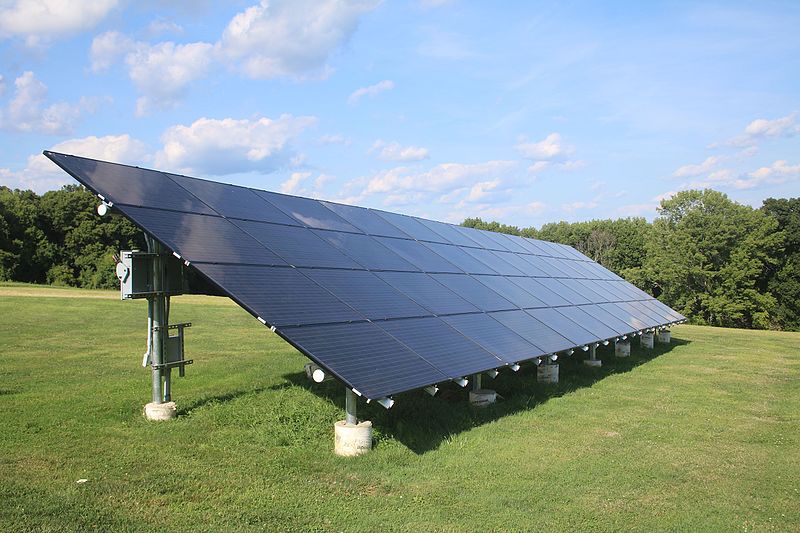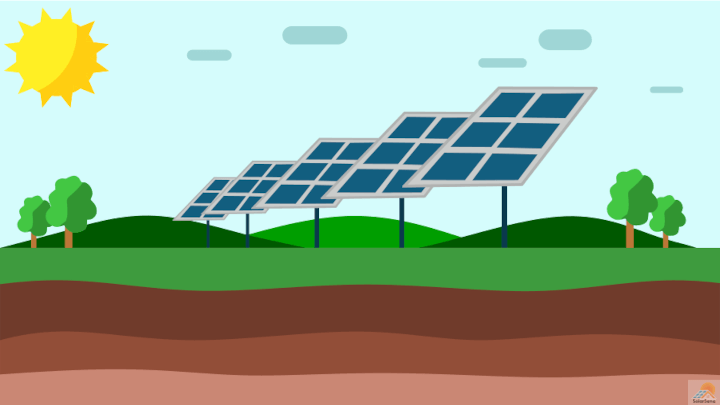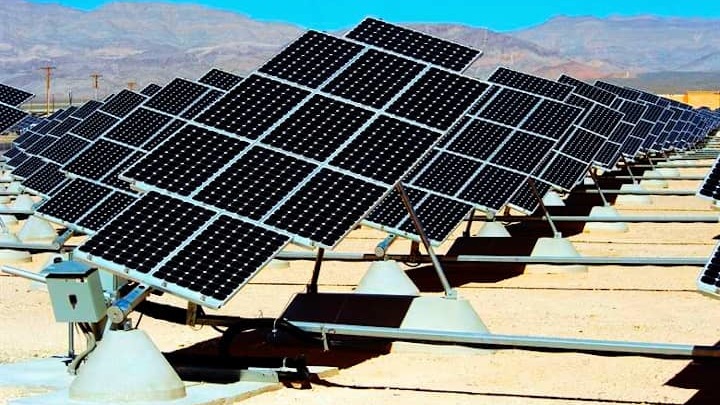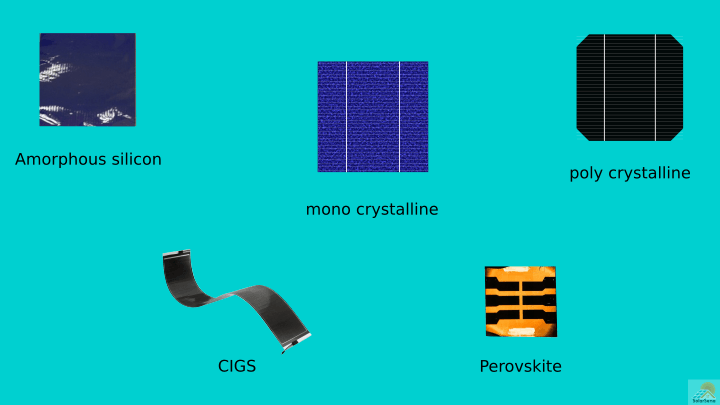Choosing between a 400 watt solar panel and a 500 watt solar panel may seem like a inconsequential decision, however depending on your needs the difference can make a world of difference. Choosing the best solar panel size for your energy needs bring a lot of questions to mind. Deciding whether 400-watt solar panels are worth their price tag can seem daunting. There are so many to choose between which is why were are here at Solarsena to give you all the information you need to make an informed decision about your solar needs! Once the size is narrowed down, you’ll also have to choose the type of panel you’d like. In this article, I simplify what you need to know about 400-watt solar panels.
What Are 400-watt Solar Panels Best Used For?
A 400-watt solar panel is one of the largest panel size options available. However, they aren’t the most popular. Residential solar systems tend to use 300-watt panels. A 400-watt solar panel has multiple uses.
RV: A large 400-watt solar panel is perfect for an RV. While many use smaller ones, this size can power more essential appliances. You can permanently mount your 400-watt panel on your RV’s roof to take it wherever you go.
Boat: Fishermen and boat enthusiasts know you need electricity when going out on the waters. You can easily fit your 400-watt solar panel with a battery and inverter onto your boat. The panel can power lights, fishing radars, gadgets, and even a radio to keep you entertained.
House: Although 300-watt solar panels are typically used to power homes, you can still opt for this size. You’ll need fewer panels but maintain your desired output.
5 Types of Appliances You Can Power with a 400-watt Solar Panel
A 400-watt solar panel can power several medium energy-drawing appliances at once. They harvest a considerable amount of power from the sun. You’ll still need to plan your time wisely. Don’t power all your devices simultaneously.
- Household Appliances: You can power regular household appliances using a fair amount of electricity with a 400-watt solar panel. It’ll have no problem running a vacuum cleaner while your water cooler is on.
- Kitchen Appliances: You won’t be able to power large appliances like stoves and ovens. However, small and medium-sized appliances work perfectly fine with a single 400-watt solar panel.
You can prepare Sunday lunch in your slow cooker and early-morning breakfast smoothies with your food processor. Small energy-efficient refrigerators, microwaves, toasters, and smaller appliances will also work with these solar panels.
- Electrical Appliances: This category includes devices like an electric blanket. Your 400-watt solar panel can keep one of these on to ensure you’re cozy in bed.
- Entertainment Devices: You can watch TV, keep your WiFi router on, work on a computer or laptop, charge your cellphone, and listen to music on a radio at once! A 400-watt solar panel harvests enough energy to keep all these powered.
- Security Devices: Power outages create unsafe environments. The dark is the perfect setting for unwanted guests to enter your premises. Keeping the light and especially your alarms and cameras on is vital. A 400-watt solar panel can power cameras, a flat-screen monitor, and lights during power outages.
You may find this hard to believe, but even your electric fencing can be powered with a single 400-watt solar panel. The panel can power up to 25 miles of electric fencing.
The Average Cost of a 400-watt Solar Panel
Solar power can be pretty expensive. Several factors influence this price. You can enjoy many benefits when using solar power. These usually outweigh the large initial investment. You can choose between two types of 400-watt solar panels. These are monocrystalline panels and polycrystalline panels. Each type has distinct features, making them perform better in specific categories than the others. Both are, however, made with silicon crystals.
Monocrystalline Solar Panels: Monocrystalline solar panels are easy to identify. You’ll see that they have pitch-black cells. Many people prefer these for their aesthetic. Black has also always been known to attract more sunlight.
These solar panels are made with only one silicon crystal type. This makes them purer and boosts their performance.
Polycrystalline Solar Panels: Most older solar panel models are lined with blue cells. These are known as polycrystalline. You’ve likely seen a lot of houses with these mounted to their roofs. Polycrystalline solar panels are popular due to how inexpensive they are.
They have a lower crystal purity level than monocrystalline cells. They’re made with fewer silicon crystals melted together. Monocrystalline solar panels are more expensive. However, they are more efficient too. It’s up to you which type you’ll prefer. Both do the job they should. If you opt for polycrystalline solar panels, you’ll likely have to buy more. Keep this in mind when calculating the costs. The average cost of solar panels ranges from $0.7 to $1.5 per watt. You can calculate the solar panel cost by multiplying the price per watt with your desired wattage. It’s unlikely that a 400-watt solar panel will cost you less than $280. The most expensive one you’ll come across averages $600.
Are 400-watt Solar Panels Worth It?
A 400-watt panel is the better choice if you have limited roof space. You won’t have to mount as much to power your entire house. If you choose a panel with monocrystalline cells, it’ll be even more efficient. The size of your roof and your budget will help you decide if this type of solar panel is right for you. Getting in touch with a sales consultant who can help determine your energy needs will also help. If you can afford it, 400-watt panels are worth the money. You’ll have to purchase less and have more energy security.
Wrapping Up
Switching to solar power is less complicated than you may think. While the wattage size of the panel you should choose can feel like a roadblock, you’ll have an easy time after making this decision. Just keep your needs, budget, and future expenses in mind. I hope this article gave you clarity. If you found it easier to make your decision after reading it, let me know in the comments. You can also ask any question you still have down there.



